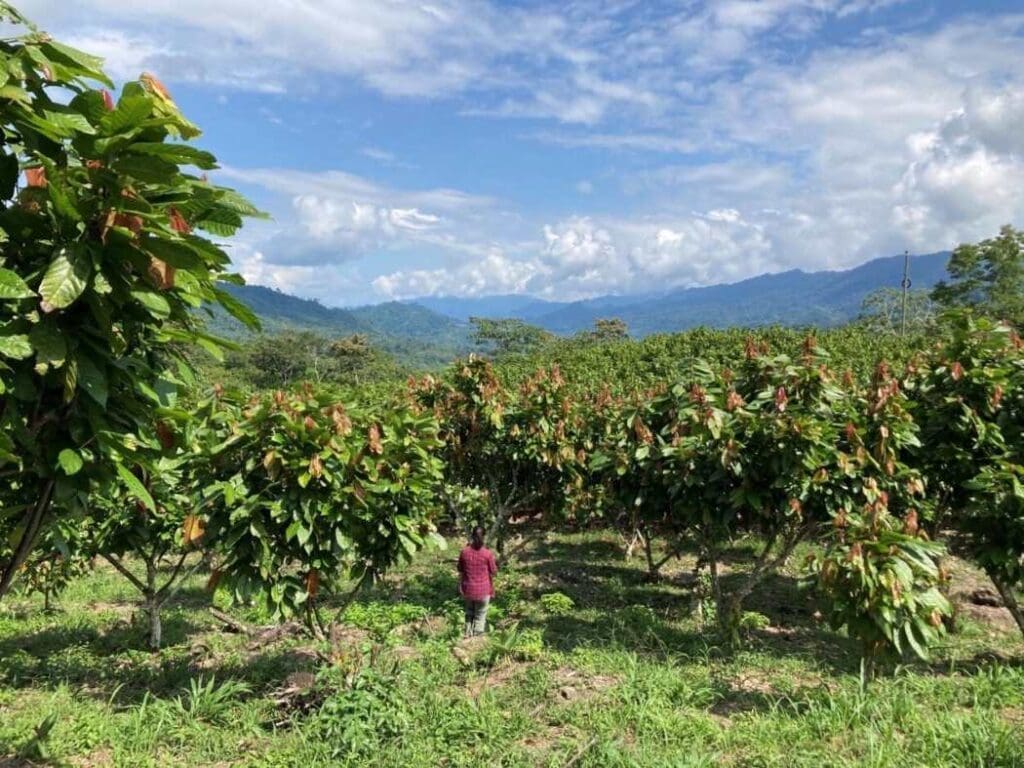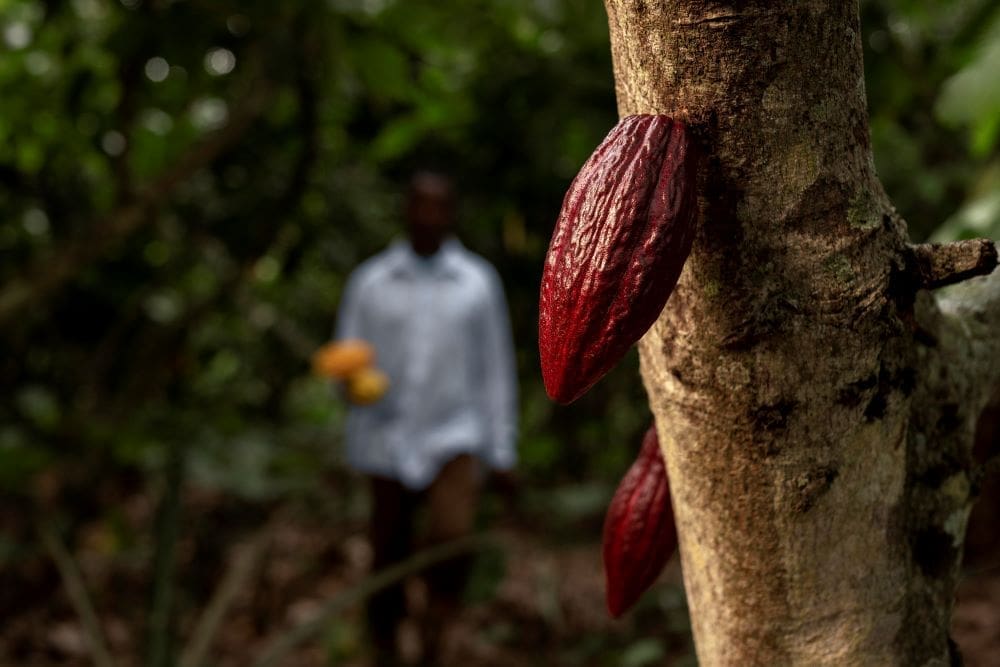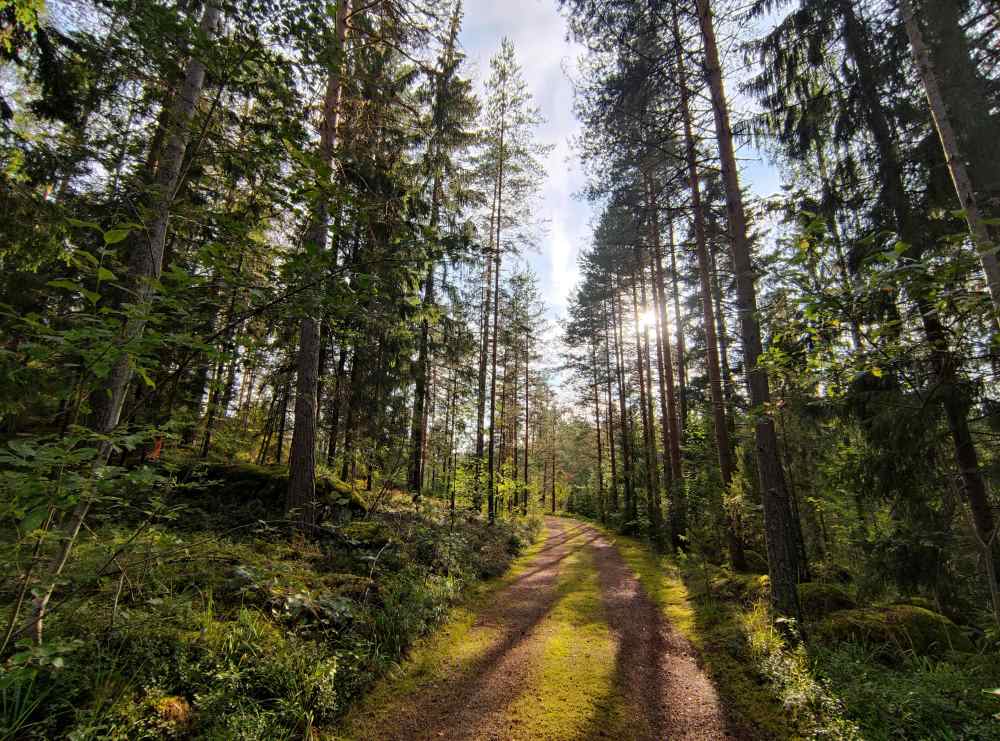Summary:
Growing more shade trees on cocoa farms in West Africa could significantly reduce the global chocolate industry’s carbon emissions, according to a new study published in Nature Sustainability. Researchers from the University of Queensland used satellite data and machine learning to map shade-tree cover and carbon storage across Ghana and Côte d’Ivoire – the region responsible for around 60 per cent of the world’s cocoa.
They found current tree cover is only about 13 per cent, far below what cocoa plants can tolerate. Increasing this to at least 30 per cent could sequester up to 307 million tonnes of CO₂ equivalent, potentially offsetting more than 160 per cent of cocoa-related emissions in both countries without reducing cocoa production.
“Cocoa can be grown without significant yield losses under shade levels of 30-50 per cent, so there is huge unrealised potential to increase carbon sequestration through tree planting,” said lead author Dr Wilma Blaser-Hart. Besides cutting emissions, shade trees could help restore biodiversity, improve soil quality, and reduce pest pressures. But researchers caution that agroforestry is not a substitute for preserving intact forests, which continue to store vastly more carbon than farm landscapes can.

Growing shade trees can cut chocolate’s environmental impact
Dr Wilma Blaser-Hart and Dr Simon Hart from UQ’s School of the Environment and Centre for Biodiversity and Conservation Science led a study which used satellite images and machine learning to examine farms in West Africa.
“Cocoa is naturally an understory tree in rainforests, but in monoculture farming systems it’s grown in the open,” Dr Blaser-Hart said. “Shade trees growing in cocoa farms can sequester substantial amounts of carbon in both aboveground and belowground biomass. Our analysis found shade-tree cover in cocoa production in Ghana and Côte d’Ivoire was relatively low at around 13 per cent, well below what it could be. Cocoa can be grown without significant yield losses under shade levels of 30-50 per cent, so there is huge unrealised potential to increase carbon sequestration through tree planting.”
The study found increasing tree cover on cocoa farms across the 2 countries to a minimum of 30 per cent would sequester up to 10.2 million tonnes of carbon dioxide equivalent (CO₂e) each year over the next few decades. CO₂e is a standard measure used to compare emissions from different greenhouse gases based on their global warming potential.
Dr Blaser-Hart said increasing shade would bring environmental and ecosystem benefits to the regions where forests have been removed for cocoa plantations.
“The amount of carbon sequestration we have calculated is about 9 per cent of the total annual emissions and about 167 per cent of current cocoa-related emissions across both countries,” she said. “But when emissions from past land-use change and deforestation are included, the potential offset falls to about 15 per cent of the sector’s annual greenhouse gas emissions. As well as carbon storage, planting a variety of trees in plantations will support biodiversity, improve soil fertility and temperature regulation, and reduce pest and disease pressure.”

While significant, the researchers noted that even widespread tree planting would only store carbon roughly equivalent to that found in the small areas of remaining intact forests in Ghana and Côte d’Ivoire.
“Agroforestry can deliver meaningful mitigation, but it is not a substitute for protecting natural forests and this must remain a priority,” Dr Blaser-Hart said.
Dr Hart said the team’s method could be applied to other cocoa producing regions in South America and South-East Asia and extended to other perennial shade-tolerant crops such as coffee.
“For cocoa, tree planting on farms is a win-win situation – a clear environmental benefit for the chocolate industry through growing a carbon sink with no loss of crop production,” he said.
The project was supported by the Lindt Cocoa Foundation, the Joint Cocoa Research Fund of CAOBISCO and ECA, the BiodivClim ERA-Net COFUND programme, and the Queensland Government Women’s Research Assistance Program.
The research has been published in Nature Sustainability.
Journal Reference:
Becker, A., Wegner, J.D., Dawoe, E. et al., ‘The unrealized potential of agroforestry for an emissions-intensive agricultural commodity’, Nature Sustainability (2025). DOI: 10.1038/s41893-025-01608-7
Article Source:
Press Release/Material by University of Queensland
Featured image credit: Freepik




